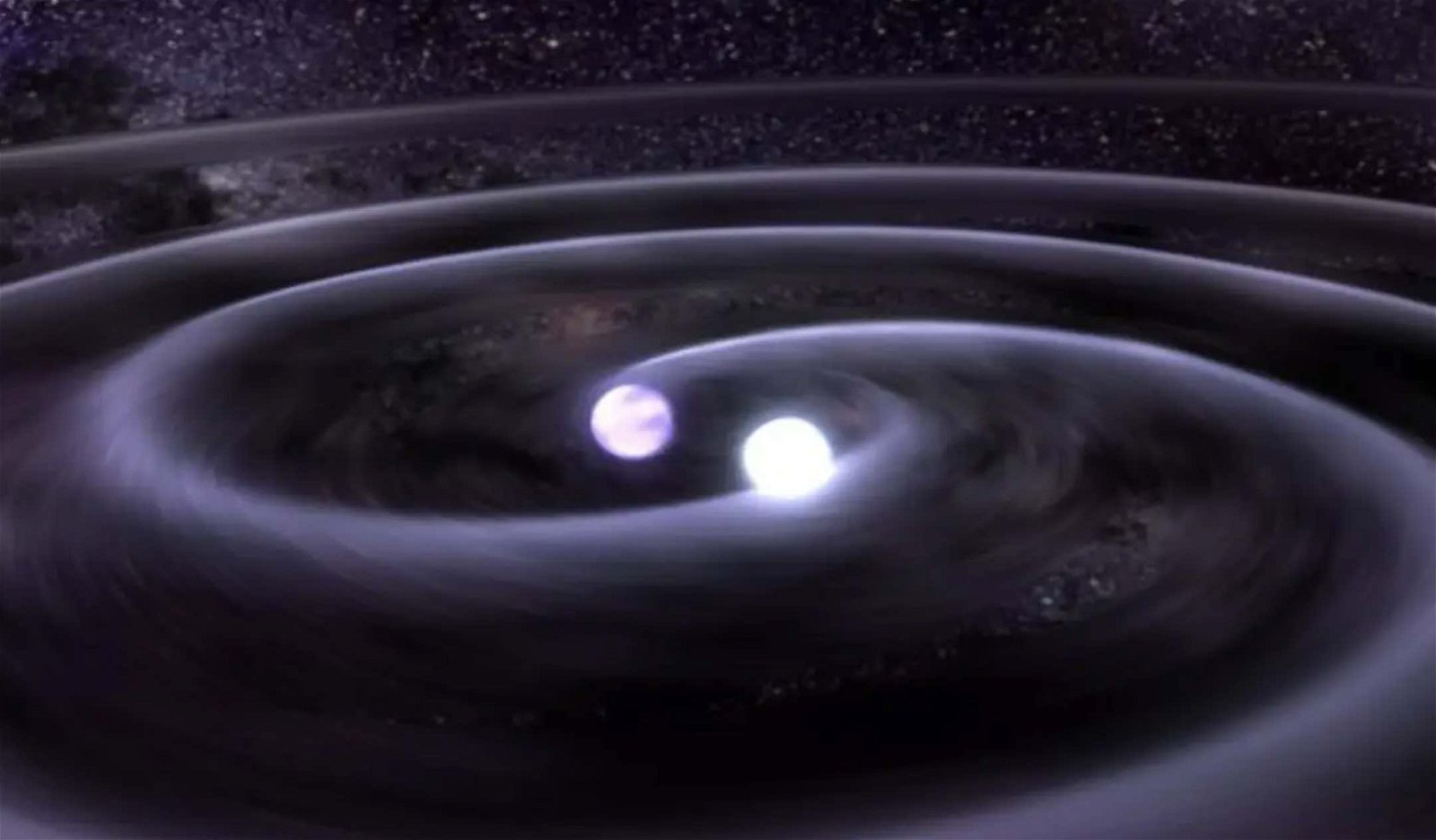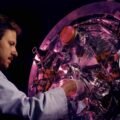An international team of astronomers reports they have succeeded in detecting the fastest stars ever observed within the Milky Way galaxy.
The team, led by Kareem El-Badry, an astrophysicist at the Institute for Theory and Computation at the Harvard & Smithsonian Center for Astrophysics, reports the detection of a white dwarf, J0927, which they observed moving through space at an incredible 5.112 million miles per hour.
The discovery was reported in a paper published on the preprint arXiv website and is currently awaiting peer review.
In their paper, El-Badry, who specializes in the study of binary stars in the Milky Way, and his co-authors describe their research involving stellar bodies known as hypervelocity white dwarfs, which they characterize as “runaways” from Type Ia supernovae.
When a star collapses, the stellar body that remains is called a white dwarf, comprising a very small, dense star roughly the size of a planet. A Type Ia supernova occurs when a pair of stars–including a white dwarf–begin to orbit one another. As the white dwarf pulls the hydrogen away from its sister star, it produces the “runaway” effect that eventually results in a massive thermonuclear explosion.
According to their paper, the team reports that by searching for potential Type Ia supernovae candidates from Gaia data, there were six new runaway stars detected, including four that El-Badry and the team believe “are most likely the surviving donors from double-degenerate binaries in which the other [white dwarf] exploded.”
Four of the stars in the new collection are both hotter and are also much smaller than other known Type 1a supernovae, also known as “D6 stars.” Three of the stars possess primarily carbon atmospheres, while the other’s atmosphere is comprised mostly of helium.
“A significant population of fainter low-mass runaways may still await discovery,” El-Badry and his co-authors report, adding that the birth rate of these stars remains in question since astronomers remain uncertain about the lifetimes of D6 stars, as well as the amount of light they produce.
However, the team estimates that the birth rate of D6 stars is probably consistent with models where Type Ia supernovae produce hypervelocity runaway white dwarf stars, “but the observed population is dominated by the most massive and brightest runaways.”
Going forward, additional models that allow astronomers to characterize the thermal evolution of D6 stars will be required, the team says, to estimate the birth rates of these stars more accurately.
The new paper by El-Badry and his co-authors can be read online in its entirety and is currently pending peer review.
Micah Hanks is the Editor-in-Chief and Co-Founder of The Debrief. He can be reached by email at micah@thedebrief.org. Follow his work at micahhanks.com and on Twitter: @MicahHanks.

